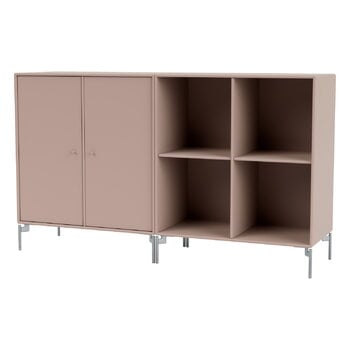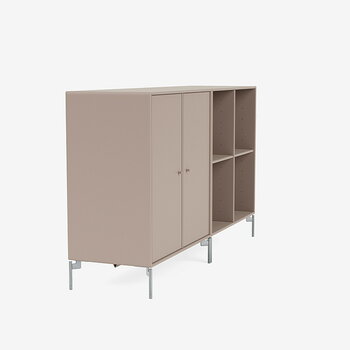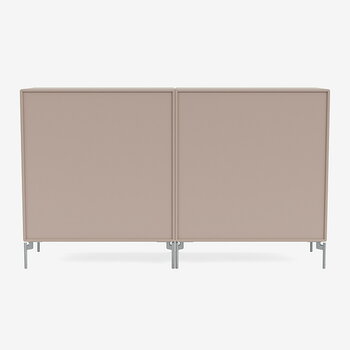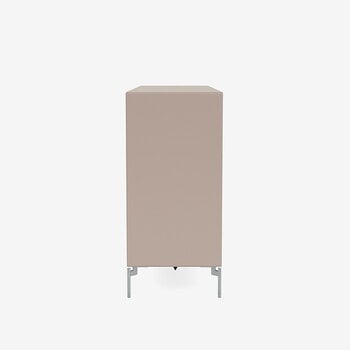Montana Furniture’s Pair sideboard is a versatile storage unit that works equally well as a TV table, bookshelf or office furniture. Standing on thin metal legs, the sideboard consists of a cabinet and an open-shelf solution.
The Pair sideboard is a part of Montana Selection, a collection of storage furniture and interior objects characterized by a graphic, simplistic form language and subtle, Nordic colours. The Montana products were created by Peter J. Lassen, and all the items have been designed and manufactured in Denmark.












